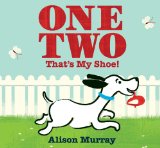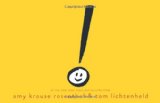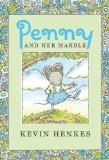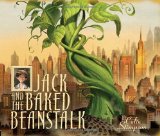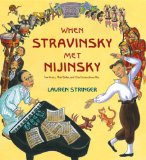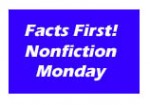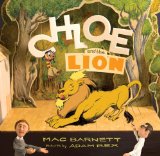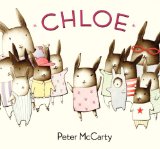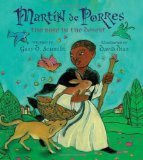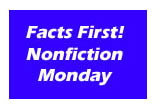Review of Olivia and the Fairy Princess
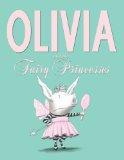 Olivia and the Fairy Princesses
Olivia and the Fairy Princesses
by Ian Falconer
Atheneum Books for Young Readers, New York, 2012. 36 pages.
Starred Review
Dare I say it? I hadn’t yet been won over into an Olivia fan. But when I read Olivia and the Fairy Princesses, something hit me, and I like this pig. This is no Eloise knock-off celebrating being naughty. This is a little girl pig with style and originality.
Olivia is depressed. She explains to her parents:
“That’s the problem,” said Olivia. “All the girls want to be princesses.”
“At Pippa’s birthday party, they were all dressed in big, pink ruffly skirts with sparkles and little crowns and sparkly wands. Including some of the boys.
“I chose a simple French sailor shirt, matador pants, black flats, a strand of pearls, sunglasses, a red bag, and my gardening hat.”
She has some perfectly legitimate questions:
“Why is it always a pink princess? Why not an Indian princess or a princess from Thailand or an African princess or a princess from China?
“There are alternatives.”
I love Olivia’s solution on Halloween. Everyone else dressed as a princess. She dressed as a warthog. “It was very effective.”
Olivia’s eventual decision of what she’d like to be is the perfect capstone.
Part of what makes this book so much fun are some throwaway lines and images. For example, there’s an extra pig in the mirror who’s not in the classroom. I like the busy family page, with the dog bringing a ball to Olivia. Then there’s Olivia struggling with her outfit, mirroring the modern art hanging in her room. But my favorite is, superimposed on an image of Versailles, Olivia saying, “Or I could be a reporter and expose corporate malfeasance.”
This book simply made me laugh. While at the same time making a valid point. And Olivia’s most interesting logic is the perfect touchstone for some interesting conversations with little girls, and some boys, all across the world.
Find this review on Sonderbooks at: www.sonderbooks.com/Picture_Books/olivia_and_the_fairy_princesses.html
Disclosure: I am an Amazon Affiliate, and will earn a small percentage if you order a book on Amazon after clicking through from my site.
Source: This review is based on a library book from Fairfax County Public Library.
Disclaimer: I am a professional librarian, but I maintain my website and blogs on my own time. The views expressed are solely my own, and in no way represent the official views of my employer or of any committee or group of which I am part.
